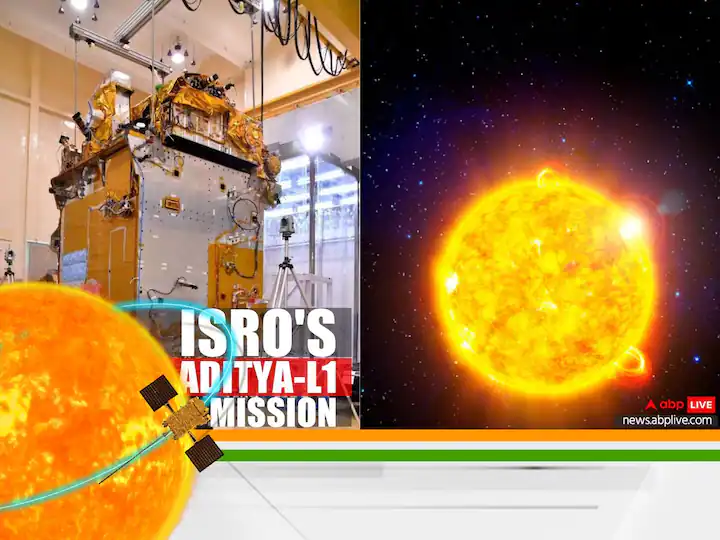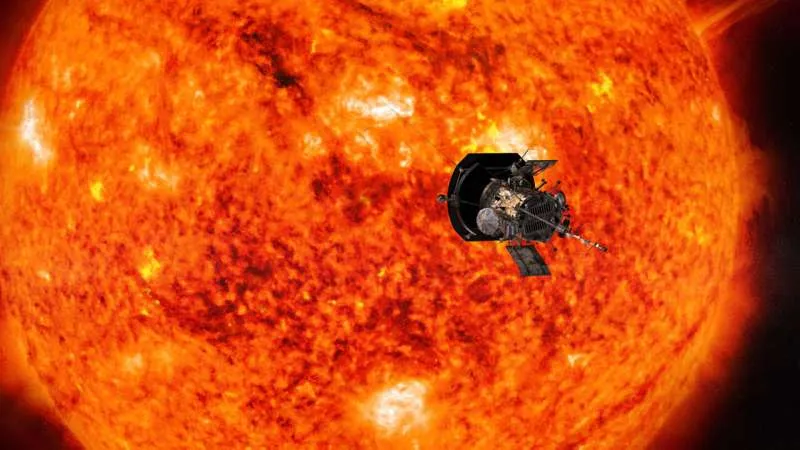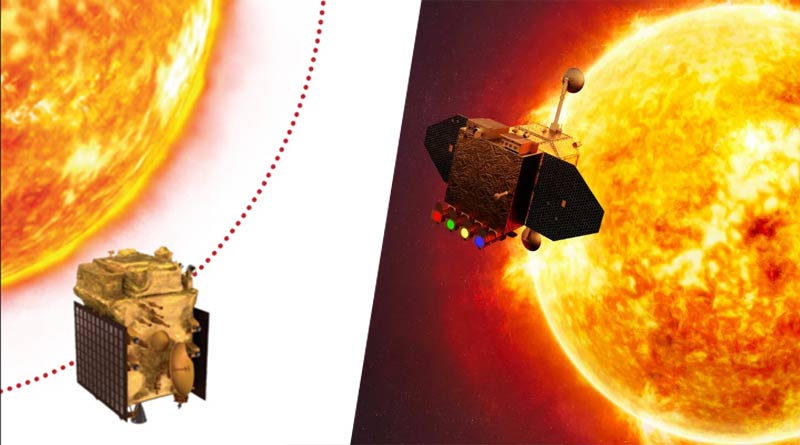India’s First Solar Mission: How Close Will It Get to the Sun? Find Out
On September 2, 2023, India launched Aditya-L1, its first solar observatory in space. This spacecraft will be positioned very far away, about 1.5 million kilometers from Earth and about 148.5 million kilometers from the Sun. To put that in perspective, the distance between the Sun and Earth is about 150 million kilometers. So, Aditya-L1 will be placed at a spot that’s just one percent of the distance between the Sun and Earth. This is a significant step by the Indian Space Research Organisation (ISRO) to study the Sun and its activities from a unique vantage point in space.
Will Aditya-L1 touch the Sun?

Aditya-L1 will not touch or land on the Sun but will be placed in a stable halo orbit around Lagrange point 1 (L1). At this specific point in space, the gravitational forces from the Sun and Earth are in equilibrium, requiring minimal fuel for Aditya-L1 to maintain its position without any risk of falling or drifting away.
Placing Aditya-L1 at Lagrange point 1 (L1) serves two key purposes. First, it conserves energy by reducing the need for fuel. Second, it provides the spacecraft with an uninterrupted five-year view of the Sun. Manish Purohit, a former ISRO scientist, highlights the strategic importance of L1. From this vantage point, Aditya-L1 can study the Sun’s behavior and gather valuable data without the need to endure the Sun’s extreme heat directly.
Which spacecraft has come closest to the Sun?

In 2021, NASA’s Parker Solar Probe achieved a historic milestone by approaching the Sun, venturing into its corona or upper atmosphere. Launched in 2018, this marked the first instance of a spacecraft getting so close to our solar system’s star. At its closest point, it came within 8.5 million kilometers of the Sun. Excitingly, by 2025, the Parker Solar Probe is anticipated to surpass this record, nearing the Sun at an even closer distance of 6.16 million kilometers.
“Parker Solar Probe will repeatedly break its own records, with a final close approach of 3.83 million miles (6.16 million kilometres) from the Sun’s surface expected within the next few years,” said Debadatta Mishra, a former ISRO scientist.
Over seven years, the spacecraft will complete 24 orbits around the Sun, setting a record by approaching the Sun over seven times closer than any other spacecraft has ever done. The Parker Solar Probe utilizes gravitational assists from Venus to approach the Sun closely.
“Parker Solar Probe is projected to reach a distance of about six million kilometres from the Sun’s surface. This remarkable feat of approaching the Sun at such a relatively short distance is a testament to the advancement of space technology and our understanding of celestial mechanics,” said Purohit.
Exploring our solar system and understanding the Sun’s mysteries through missions like the Parker Solar Probe is a testament to human ingenuity and scientific progress. These endeavors expand our knowledge of the universe and pave the way for future space exploration. Like this post? Don’t forget to check out our other short stories in our Quick Read section

